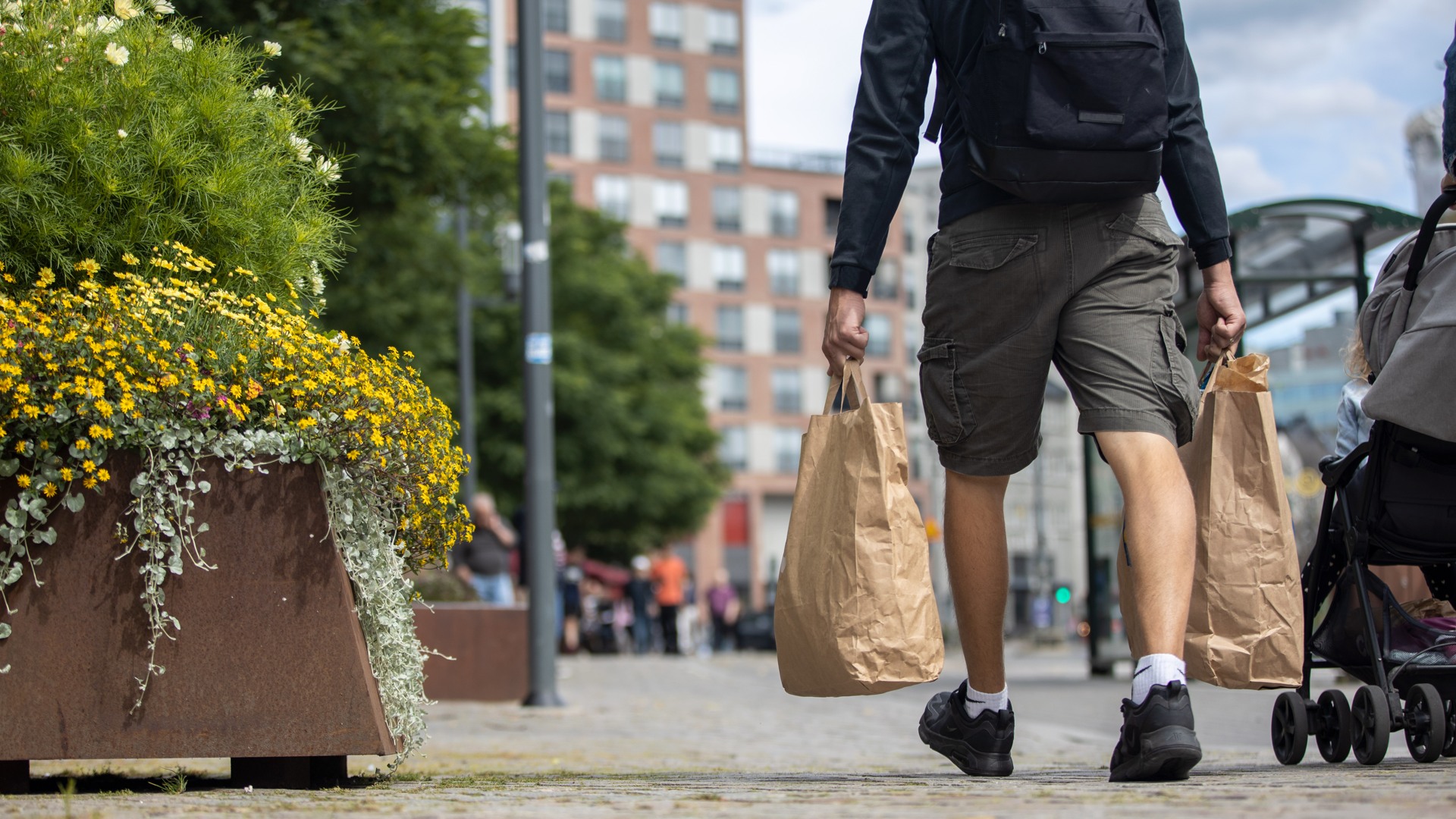
How to lose hundreds of kilos in 2021
Half of the world’s greenhouse gas emissions come from our consumption of raw materials. So how can we cut back on this increasing component of our carbon dioxide emissions? Here are some useful tips for how to cut back on carbon dioxide in 2021.
24 Feb 2021Over the Christmas and New Year holiday we are traditionally swamped with dieting tips with a promise of rapid weight loss during the new, healthy year. But imagine if we instead went in for a form of dieting that helped the entire planet in 2021? If we could all drop a few hundred kilos of carbon dioxide?
Most people are already familiar with the usual advice about leading a greener life: thinking about your travel needs, reducing energy usage and eating a little less meat. But we also need to talk more about the fact that the key to a sustainable future is in always recycling and re-using our valuable materials – referred to as the circular economy.
What most people don´t know is that almost half of the world’s emissions are from the way in which we consume raw materials. This is because we are constantly producing new materials instead of using those we already have.
To help those of you who want to lose a few extra kilos of carbon dioxide emissions in 2021, we have collected a few tips.
Look at your waste as a valuable resource
Most materials in your telephone, your child’s old toys or winter coat ought to be re-used many times. When you dig them out and recycle them, you are ensuring that valuable materials are used again instead of new materials being produced – which is a great way of reducing emissions.
Ask for recycled
If there’s no demand for something, it won’t be made. Ask questions about the things you buy: Is it partly made up of recovered materials? Can it be recycled when it reaches the end of its lifetime – or are the materials so mixed up as to prevent this? Consumer power can move mountains.
Repair, hire and share
Repair clothes and items instead of buying new quite so often. If we doubled the lifetimes of our clothes, we would half the carbon footprint of our wardrobe. The same goes for white goods and small electrical items – making an ordinary mobile phone is equivalent to driving a car 460 kilometres. And perhaps if there is something you don’t need that often, you could hire it instead, or join forces with your neighbours to buy it?